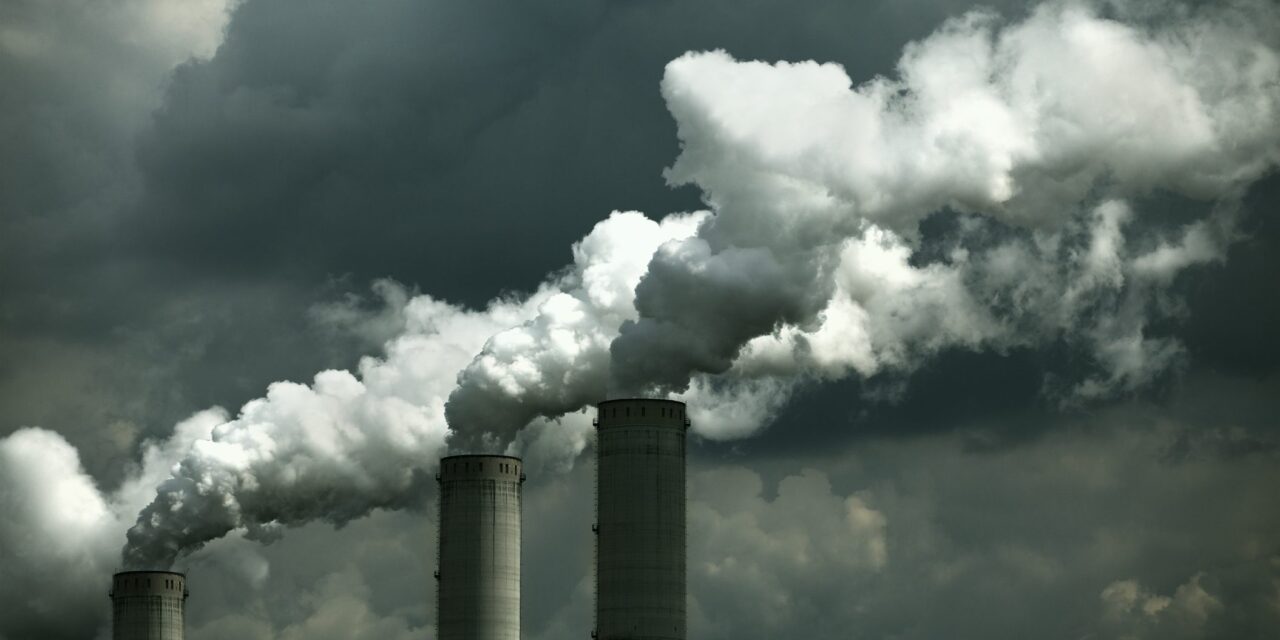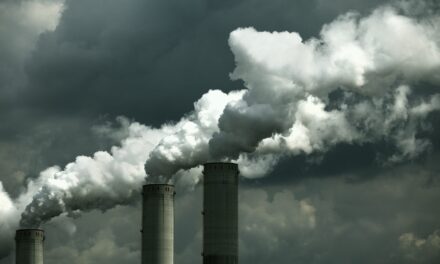Water – the stuff of life itself
“You’re all wet.” “I should be so lucky.” – Popular internet joke, 2027 A.D.
This is another installment in the New Environmentalism series, where we both look at global issues and suggest actions you can take for yourself to help address the problem.
Egarwaen and I encourage you to contact either of us by email if you’d like to be a contributor to this series (post a diary or host a discussion).
This week, by request, we’re cross-posting at the European Tribune. Readers of one site may want to visit the other site as well, to see the insights folks on the other side of “the big pond” have about this issue.
Lack of potable water – the stuff of life itself – is not just a looming crisis, it’s already a reality for one person in six around the world.
Fact Box (Reference)
Every day around the world, 2,000 to 5,000 people die from causes related to water shortages or poor water quality, and one billion people – one in six – do not have ready access to water. The investments needed to ensure universal access are huge, and although governments assume most of the costs, private sector participation in water services is growing exponentially.
There is currently no UN international convention dedicated to water, like those addressing the issues of climate change or biodiversity.
One aim of the seventh Millennium Development Goal, established by the UN in 2000, is to “ensure environmental sustainability.” This includes a goal to halve the percentage of people who lack access to potable water worldwide by 2015. However, according to the World Water Council, at the current rate of public and private water investment, access to this essential resource cannot be guaranteed for everyone until 2050 in Africa, 2025 in Asia and 2040 in Latin America and the Caribbean.
According to those who promote privatization of water utilities, only by putting a price on water and taking over water management from the “inefficient hands of state systems” can such an ambitious goal be achieved. Currently, less than 10 percent of water treatment and distribution systems are in private hands, but in the 1990-1997 period alone the financial participation of private companies shot up 7,900 percent in developing countries, according to Gustavo Castro, a researcher with the Mexican Centre for Economic and Political Research for Community Action.
Here are some additional facts and figures; check out the graphics, too.
The multinational companies don’t hide their interest in building dams or in water distribution and treatment. They have racked up success in many countries, like Chile. But in others, including Bolivia and Argentina, they have been accused of poor management, bad service, and driving up the costs to the consumer. And this totally avoids the question of to what degree it is appropriate for the most vital resource for life itself to be held in private hands and operated as a for-profit resource. It’s not as if people have a choice of whether to but the resource or not.
Public dissatisfaction over the privatization of water services was a key factor in the unrest that brought the current Socialist government to power in Bolivia, but that was a relatively peaceful transition compared to the potential for water access to be the spark that sets the Middle East aflame. Here are two different perspectives on the issues involved: here and here.
Global climate change has the potential to make water shortages even worse:
Climate change experts led by Tim Barnett at the Scripps Institution of Oceanography in La Jolla (San Diego County) found that at least one-sixth of the world’s population, including much of the industrial world and a quarter of global economic output, appeared vulnerable to water shortages brought about by climate change.
Details appear today [17 Nov. 2005] in the journal Nature, along with a separate study suggesting climate models are proving to be an effective way of analyzing and forecasting disruptions in water supplies brought on by global warming.
This is not a problem limited to overseas, either. The pacific coast of the US is particularly vulnerable:
Climate models suggest average temperatures in the West will be about 1 to 3 degrees warmer by 2050 than at present. Even though total precipitation isn’t expected to change by much, because of the higher temperatures more of it will come as rain rather than snow. At the same time, the spring runoff will come about one month earlier in the year.
Expanding populations, agricultural and industrial interests, and the need to keep streams flowing to protect vulnerable fish and other species all promise to make the water situation even worse as the climate shifts.
“I think this will be one of the first greenhouse gas-related problems that will fall on the civilized world,” Barnett said.
Here is another report, looking at climate change effects on water availability across the US, from the US Global Change Research Program.
In some parts of the US, the future is already here.
The warming trend already is showing effects in California’s Sierra Nevada snow pack, and the desert southwest states are dealing with the combined effects of climate change and growing populations on already scarce resources. Phoenix is perhaps the poster child for this problem; the following sobering assessment is from the government site of the agency which regulates Phoenix’s water supply:
The Phoenix AMA has a statutory goal of achieving safe yield by 2025 (or earlier). All indications are that this goal will not be achieved at our current rate and under our current programs. We registered an overdraft of 251,000 acre feet in 1998. All credible projections for the year 2025 indicate that we will still be in an overdraft situation with some improvement from the 1998 level.
This overdraft on the local aquifer is causing the ground above to subside, ironically interfering with the flow of one of the surface water aquifers feeding the city (Phoenix gets more water from surface sources than groundwater).
What can I do about this?
“Visit Phoenix, and please pee before you go. We’ll be happy to recycle it for you.”
Seriously, though, no matter where you live, whether currently dealing with water resource issues or not, you can start by learning more about your local water supply system: Where does your water come from and where does it go? How much rainfall do you get annually where you live? Is that sufficient for the kind of landscaping on your property? What plans does your locality have to deal with water resource issues?
The answers to these questions will suggest potential local actions you can take, even if only in the form of educating people through letters to the editor. Well-thought-out letters to TV and radio media, while probably not resulting in broadcast, may suggest story ideas to the news-programming manager. For any media, try to find out if there is a specific environmental reporter, and direct your letters or calls to them.
In the Southwest and increasingly in the Midwest, Xeriscaping (use of native and desert-adapted plantings) is a concept you need to explore. Southern Europe, also increasingly plagues by droughts, is in the same situation.
Even the usually water-sufficient Mid-Atlantic States can have water shortages in times of drought; this is especially a problem where the major municipal water supply is a river, as when the flow drops salt water can work its way upstream from the bay where the river empties into the ocean. This has happened in the Delaware River as far upstream as Wilmington, Delaware, more than once; and if demand in the Delaware Valley continues to increase even Philadelphia’s intakes may be at risk. The Potomac River basin (Washington, D.C.)has faced similar challenges. Water conservation is not just a Western issue anymore. Even east coasters need to think about planting to conserve water; if you garden, attaching your downspouts to a rain barrel may be a good idea for you. There are mechanisms you can add to your system so that the first, most contaminated water off your asphalt shingle roof (hadn’t thought about that part, eh?) is not directed into the rain barrel; only the later, cleaner water is. The city of Albuquerque, NM has an on-line guide to harvesting rainwater useful for anyone, anywhere; it includes information on flush filter diverters.
The water supply issues facing California are well known; the Colorado River has been reduced to a trickle you can sometimes leap across by the time it reaches the gulf separating Baja California from the Mexican mainland – when it reaches the ocean at all. Situations such as this could be a basis for trans-border cooperation, or for increasing diplomatic difficulties between the two nations. Since we’re the ones sucking the river dry, it’s incumbent on the U.S. to take appropriate action. Don’t hold your breath, however.
New York is in a better position than California, as aqueducts supply it from as far away as the Catskill Mountains. Unfortunately, some of the water it taps into is from the headwaters of the Delaware River – making the situation worse for Trenton, Philly, and Wilmington – and of course, when they need that water most is also when New York needs it most. This issue has flared up from time to time in the past, and will increasingly do so in the future.
Additional ideas for reducing water use in the home include the following, from the US EPA’s website, where you can find additional details:
There are many ways to use water efficiently in the home — detecting and fixing leaky faucets, installing high efficiency clothes washers and toilets, and watering the lawn and garden with the minimum amount of water needed. Fixing a silent toilet leak may save as much as 500 gallons per day. Installing high efficiency plumbing fixtures and appliances can help a typical family of four reduce indoor water use by one-third, save about $95 per year on their water and sewer bill, and cut energy use by as much as six percent.
Or as any old eco-hippie can tell you: “If it’s yellow, let it mellow; when it’s brown, flush it down.” Put a brick in the toilet tank, or a filled half-gallon or gallon jug of water. Experiment and see what volume of tank water you can get away with blocking out. Or fiddle with the adjustments inside the toilet tank that regulate water height; it’s not rocket science (even I can do it).
As we’ve seen with other environmental issues, there are high tech approaches as well as low-tech ones for obtaining additional water supplies. The high tech ones mainly involve reverse osmosis, which is a process in which high pressure applied to a contaminated (or salty) water supply can drive the water out of the solution across a selectively permeable membrane, causing a separation into pure water and a concentrated solution of contaminants or brine. (This process can be used for wastewater treatment or recycling as well as for desalinization.)
The process is well understood and reasonably effective, but sometimes is cost prohibitive, as it requires energy to create and maintain the necessary pressures to run the system. Towing icebergs to California has never been seriously pursued for the same reasons. The relative costs of water and energy in the future will determine the degree to which these technologies become more common. Saudi Arabia, awash in oil and money and desperately short of water for its population, has turned to reverse osmosis:
Saudi Arabia is the world’s largest producer of desalinated water with 27 plants on the Red Sea and the Arabia Gulf, and the fourth largest in average water use per citizen. Desalination meets 70% of the kingdom’s drinking water needs. New projects to build desalination plants are going to take place next year. As a result, Saudi Arabia will be the third largest purchaser of reverse osmosis (RO) membranes and systems by 2007. Saudi Arabia will continue to invest money in the water sector in the future and will do so at a significant rate. The expectation of spending US$ 80 billion by 2019 on the water sector means that there will be many opportunities for U.S. companies in this sector.
And of course technological improvements continue. The most recent idea is to use waste heat from industrial processes to vaporize water on the “dirty” side of the membrane, and chill the “clean” side. Water will be drawn across the barrier and condense on the “clean” side, using otherwise wasted heat as an energy source. It is reported that the process can handle more concentrated brines than traditional reverse osmosis. Use solar heating via reflectors to concentrate sunlight, and this process becomes even more practical and affordable in some of the very parts of the world that need clean water the most. While direct solar distillation has been used n these regions as well, removal of the resulting salt can be a problem.
In much of the “first world”, sufficient water has historically been a resource we can take for granted. Whether due to climate change, increased population, or both, this is less and less the case. And of course, much of the world has never had this luxury at all. Water availability is an issue we’re going to have to face into the indefinite future, until our numbers and our footprint on the planet reach a sustainable level for each place we live.
Water availability may be one of the best examples of a “think globally, act locally” issue. The problem is global, but it will only be addressed one watershed, one town, one household at a time.
For further reading:
Sandra Postel, Pillar of Sand: Can the Irrigation Miracle Last? Worldwatch/W.W. Norton, New York and London, 1999.
UN World Water Development Report, 2003, available on line here
The floor is open for discussion
What issues regarding water require attention in your area? What other actions that I’ve not mentioned can be taken to stretch this resource? And what of the political / ethical issue I briefly touched on regarding privatization of water supplies – what are your thoughts on that?





